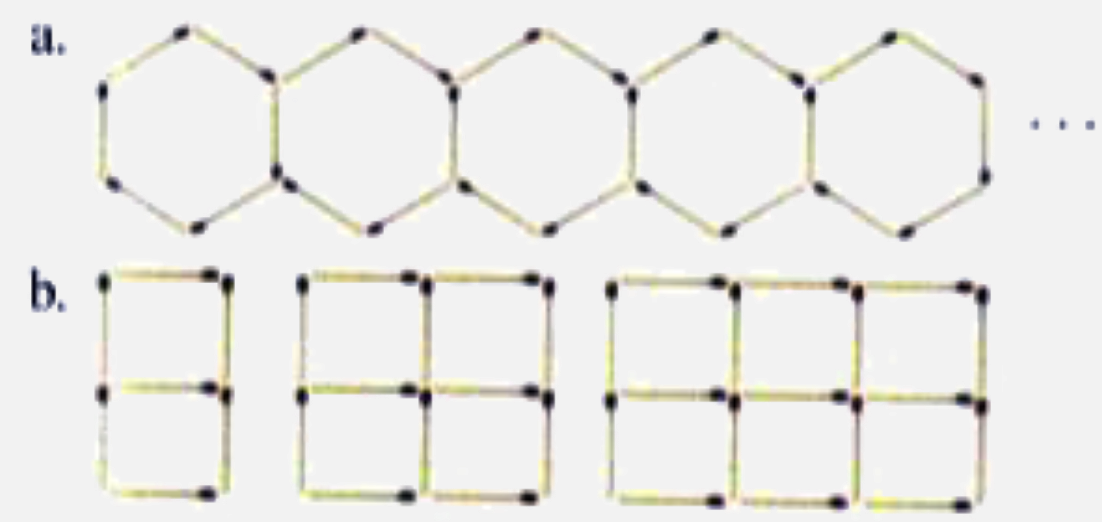There are n locks and n matching keys. If all the locks and keys are to be perfectly matched, find the maximum number of trails required to open a lock.
To solve the problem of finding the maximum number of trials required to open a lock when there are n locks and n matching keys, we can follow these steps:
1. Understanding the Problem:
We have n locks and n keys, where each key corresponds to exactly one lock. The goal is to determine the maximum number of trials needed to find the correct key for a specific lock.
Hint: Think about the worst-case scenario where you have to try multiple keys before finding the correct one.
2. Analyzing the Trials:
For the first lock, you have n keys to try. In the worst case, you might need to try all n keys before finding the correct one.
Hint: Consider how many keys you would need to try if you were looking for the key to the first lock.
3. Subsequent Trials:
After finding the correct key for the first lock, you move on to the second lock. Now, you have n−1 keys left (since one key has already been used). In the worst case, you may need to try all n−1 keys.
Hint: Think about how the number of available keys decreases as you find the correct keys for the locks.
4. Continuing the Pattern:
This pattern continues:
- For the third lock, you would have n−2 keys left to try.
- For the fourth lock, you would have n−3 keys left, and so on.
- Finally, for the last lock, you would have only 1 key left to try.
Hint: Write down the number of trials needed for each lock to see the pattern clearly.
5. Summing the Trials:
The total maximum number of trials required to open all locks is the sum of all trials for each lock:
\(
\text{Total Trials} = n + (n-1) + (n-2) + \ldots + 1
\)
Hint: This is a well-known formula for the sum of the first n natural numbers.
6. Using the Formula:
The sum of the first n natural numbers can be calculated using the formula:
\(
\text{Sum} = \frac{n(n + 1)}{2}
\)
Therefore, the maximum number of trials required to open a lock is:
\(
\text{Maximum Trials} = \frac{n(n + 1)}{2}
\)
Hint: Remember this formula as it is often used in combinatorial problems.
Final Answer:
The maximum number of trials required to open a lock is:
\(
\frac{n(n + 1)}{2}
\)
We have n locks and n keys, where each key corresponds to exactly one lock. The goal is to determine the maximum number of trials needed to find the correct key for a specific lock.
For the first lock, you have n keys to try. In the worst case, you might need to try all n keys before finding the correct one.
After finding the correct key for the first lock, you move on to the second lock. Now, you have n−1 keys left (since one key has already been used). In the worst case, you may need to try all n−1 keys.
This pattern continues:
- For the third lock, you would have n−2 keys left to try.
- For the fourth lock, you would have n−3 keys left, and so on.
- Finally, for the last lock, you would have only 1 key left to try.
The total maximum number of trials required to open all locks is the sum of all trials for each lock:
\(
\text{Total Trials} = n + (n-1) + (n-2) + \ldots + 1
\)
The sum of the first n natural numbers can be calculated using the formula:
\(
\text{Sum} = \frac{n(n + 1)}{2}
\)
Therefore, the maximum number of trials required to open a lock is:
\(
\text{Maximum Trials} = \frac{n(n + 1)}{2}
\)
The maximum number of trials required to open a lock is:
\(
\frac{n(n + 1)}{2}
\)
Similar Questions
What is lock and key hypothesis ?
View SolutionIf characteristic of three numbers a, b and c and 5, -3 and 2, respectively, then find the maximum number of digits in N = abc.
View SolutionThe lock of a safe has a dial with holes, sasy ten, in which the numbers 0,1,2,……..9 are inscribed in each hole. The lock can be opened only when a specific code numbersay of six digits is dialled. Suppose the code number is 249916, it means that the can be opened when we first dial 2, then 4 nd so on. Find the maximum number of trials which do not result in opening the lock.
View SolutionIn a mixture of sample of H-atoms and He ions, electrons in all the H-atoms and He+ ions are present in n = 4th state. Then, find maximum number of different spectral lines obtained when all the electrons make transition from n=4 upto ground state
View SolutionFind the maximum number of electrons are represented by quantum numbers n=3,l=1.
View SolutionIn a sample one H atom is in 1st excited state, two He+ ion are in IInd excited state and three Li2+ ions are in IIIrd excited state. Then , find the maximum number of spectral lines which can be obtained , when all possible transitions terminate at n=1 :
View SolutionWho proposed the lock and key hypothesis to explain the mechanism of enzyme action and in which year?
View SolutionFind the rule which gives the number of matchsticks required to make a pattern of n such shapes.

View SolutionIf the maximum number of trials required to open all locks when there are n locks and n keys is 105, then n =
View SolutionThe lock and key model of enzyme action illustrate that a particular enzyme molecule
View Solution
